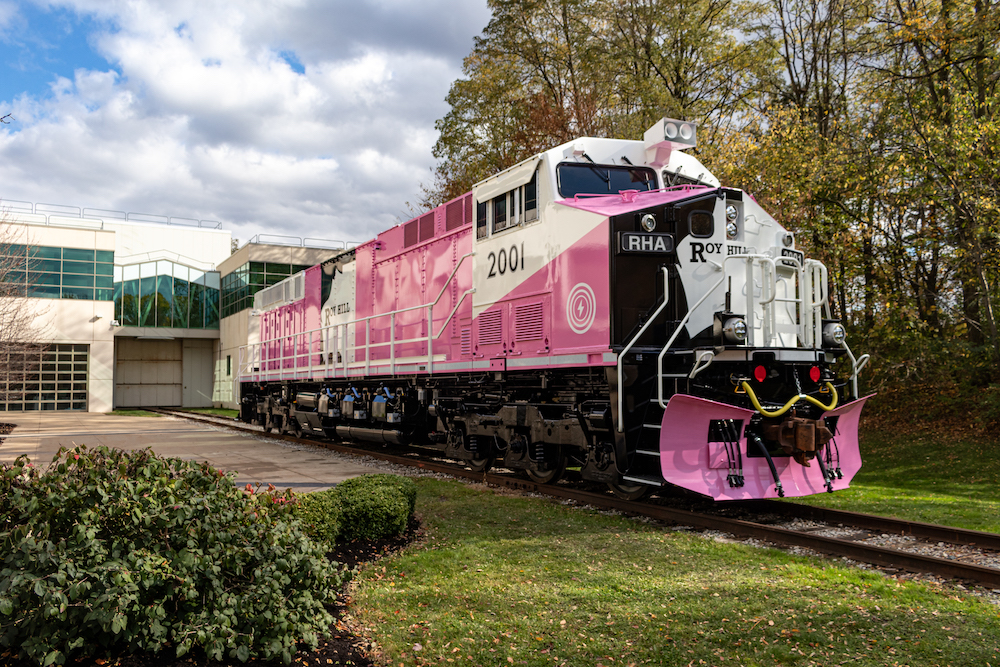
ERIE, Pa. —Wabtec and Australian mining firm Roy Hill have unveiled world’s first 100% battery-powered, heavy-haul locomotive for mainline service in ceremonies today (Oct. 31, 2023) at Wabtec’s Erie manufacturing facility.
The FLXdrive locomotive contains 72 lithium-ion modular battery packs with a total of 36,288 cells, giving the locomotive an energy capacity of 7 megawatt-hours. This is about three times the power of a 2.4-megawatt-hour FLXdrive prototype that operated 13,000 miles on BNSF Railway in California with zero failures in 2021.
“This FLXdrive locomotive represents a major step in the journey to a low-to-zero-emission future in the rail industry,” says Rafael Santana, president and CEO of Wabtec. “The FLXdrive is driven from within by our battery technology and the innovative spirit of our employees. Roy Hill is an ideal customer to partner with given their leadership and excellent operational record.”
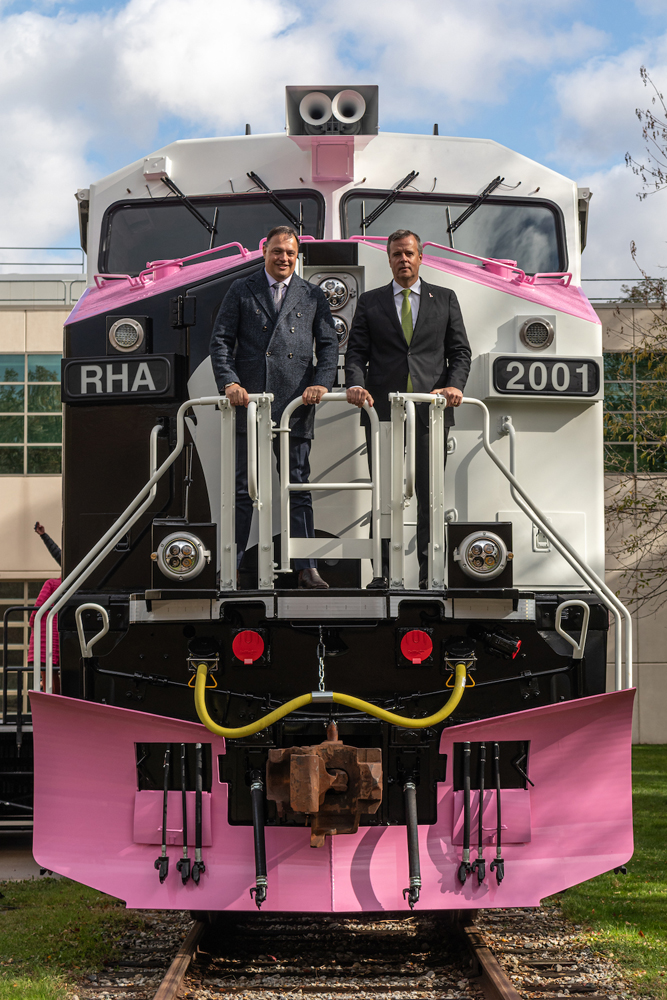
The FLXdrive unit will undergo extensive testing in Erie over the next six to eight months before being shipped 10,500 miles to Australia to enter revenue service on the Roy Hill railway, a 214-mile privately owned iron ore railroad in Western Australia’s remote Pilbara region. Roy Hill owner Hancock Prospecting opened its line in 2015 and ships more than 63 million tons of iron ore annually to steel makers in Japan, South Korea, India, Malaysia, China, and Vietnam.
Currently, Roy Hill uses four Wabtec ES44ACi Evolution Series diesel-electric locomotives to pull its 240-car ore trains from the mine to a company-owned port facility. The FLXdrive locomotive will replace one of the diesels in the consist. The line’s profile sees empties moving upgrade and loaded 33,000-ton ore trains returning downgrade. Roy Hill expects the battery-powered locomotive will be able to fully recharge its batteries on the downhill run using regenerative braking.
The new locomotive will operate in some of the most challenging conditions on the planet, with temperatures reaching 130 degrees, and will provide a double-digit percentage reduction in fuel costs and emissions per train.
“The foresight of our Executive Chairman, Mrs. Gina Rinehart AO, has been instrumental in establishing an environment in which we can successfully leverage the ingenuity of our people alongside key partners like Wabtec to transform our rail and mining operations through next-generation technologies,” said Gerhard Veldsman, chief executive officer, Hancock Prospecting Group Operations.
Roy Hill announced in 2021 it would become the world’s first fully battery-powered, heavy-haul railroad and placed its order for the FLXdrive locomotive in September of that year [see “Australian mining firm is first buyer …,” Trains News Wire, Sept. 13, 2021]. The new unit follows Roy Hill’s practice of painting its locomotives (and much of its mining equipment) bright pink to raise breast cancer awareness.
During today’s ceremony, Wabtec officials introduced representatives from Linked in Pink, a nonprofit that provides support for Erie-area residents diagnosed with breast cancer, and announced Wabtec’s donation of $50,000 to the group. It is the largest single donation in the nonprofit’s history.
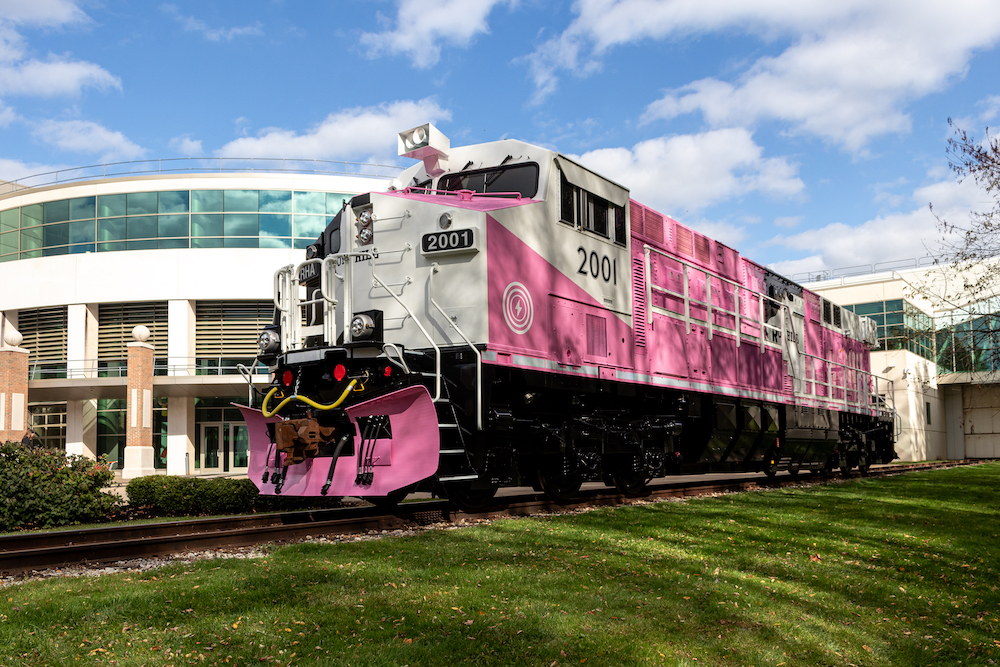






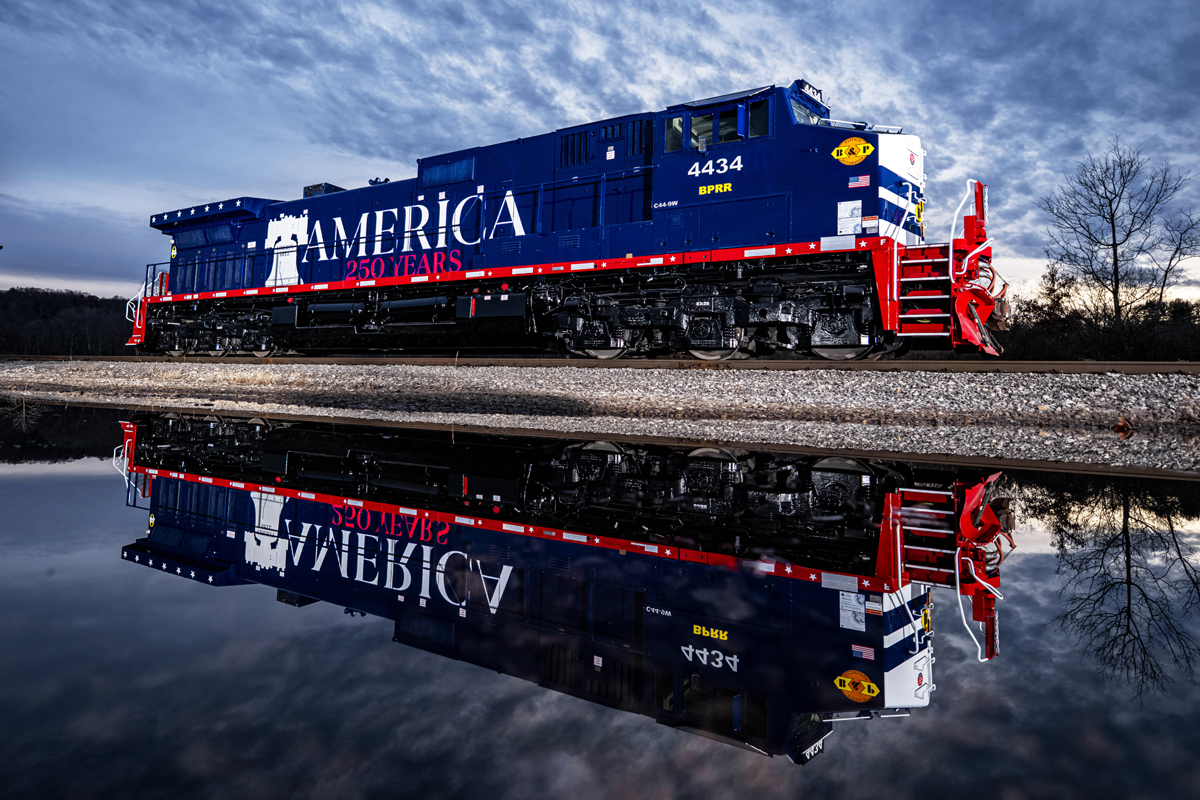
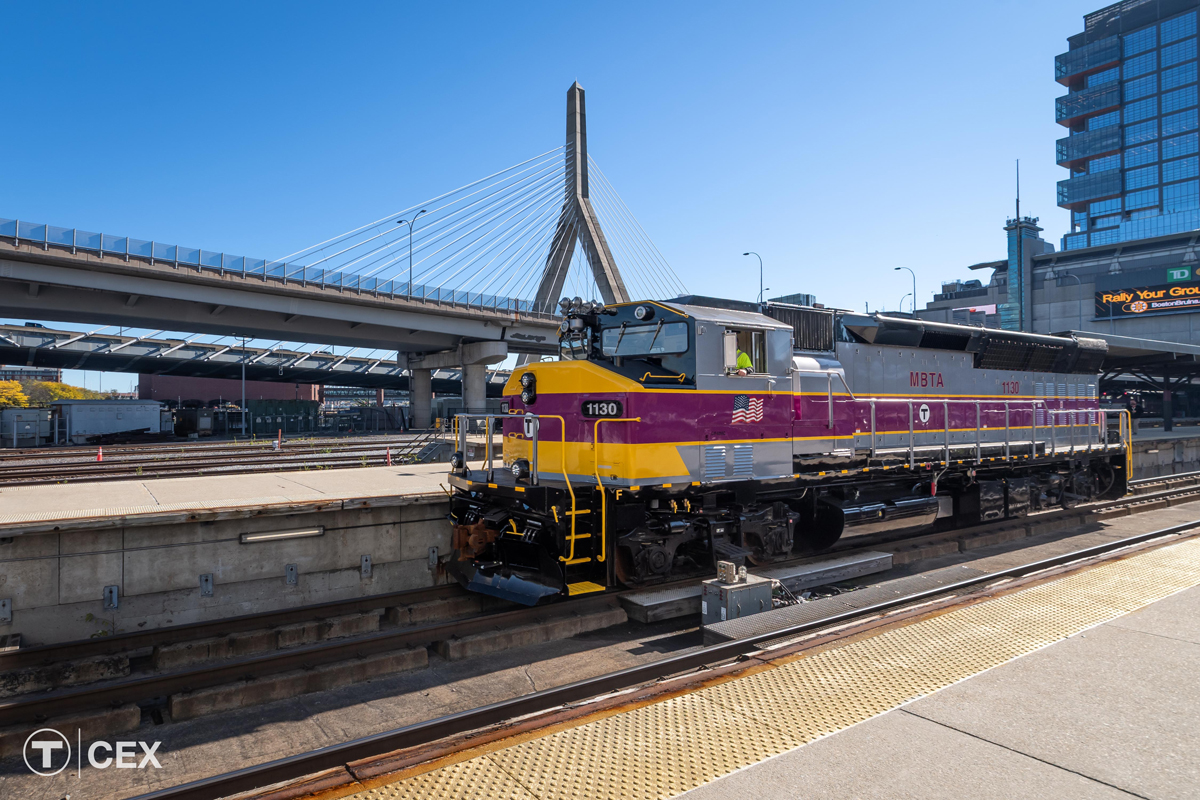
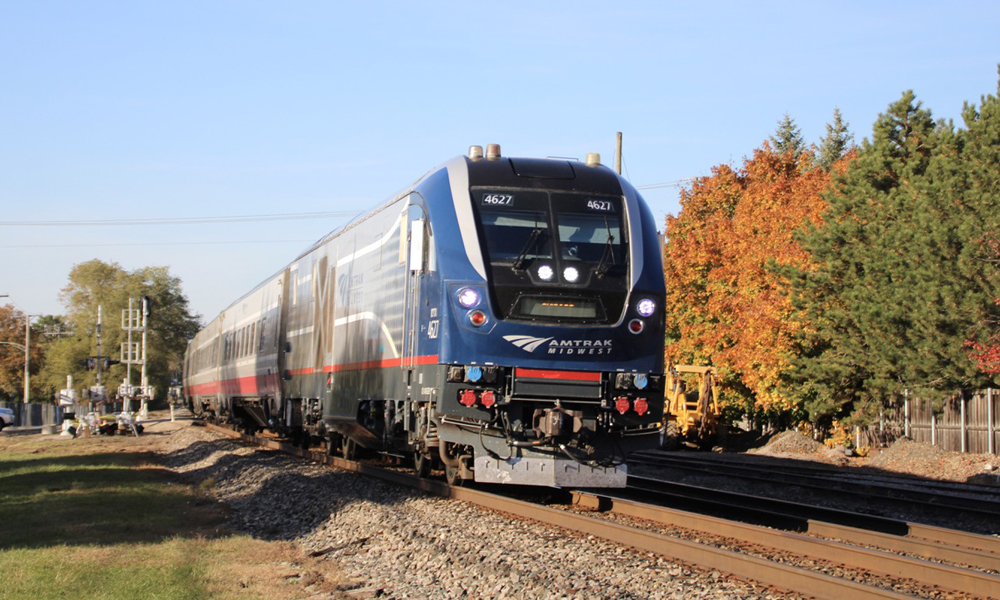
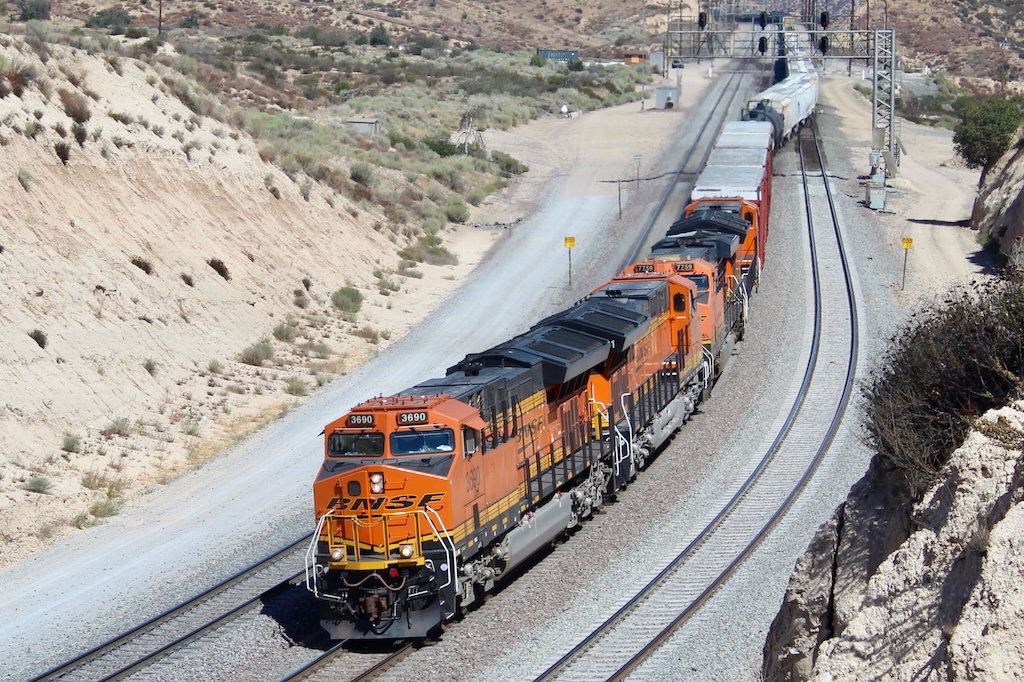




One thing is in Question why indeed will it take 6-8 months of testing if its if it is built already and ready for shipment and how long a charge will last , the charging time and the cost, Oh and one more thing where are they are going to be able to charge these locomotives plus how many charging will their be , lots of questions with little to no answers! Just leave well enough alone with DIESEL LOCOMOTIVES!
Regenerative charging with dynamic brakes is an illusion…it can never provide significant charging…at best you might eek out a few more miles, not that one of these engines can go more than a few miles with tonnage behind them.
Would appreciate more details on the how and why a break through innovation like this, having been purchased by a customer and celebrated by the vendor, will take six to eight months for testing?
It’s a good testing route for the technology as far as the operating environment. However, empty upgrade and loads downgrade will hardly prove much of anything. Put that thing to work on UP or BNSF crossing the mountains and Northern Plains.
Interesting. Next step: make it a road slug bussed with a standard locomotive. The slug mother powers all twelve axles uphill, D/B charges the batteries downhill.
Pulling empties uphill and loads downhill is hardly real world railroading. This may work for the mine but doubt in the US mountains. No information on mileage, recharge time and cost to recharge. And love that it will not be working alone or with other battery locos. Need diesels to rescue it when it runs dry.
This electric milestone in heavy-haul train transport is something to celebrate.
Dr. Güntürk Üstün
what is the price for this locomotive versus contemporary diesel power?
According to the article, it looks like after the initial charge, the loco will constantly charge itself going downhill. Someone may have finally created a perpetual motion machine.